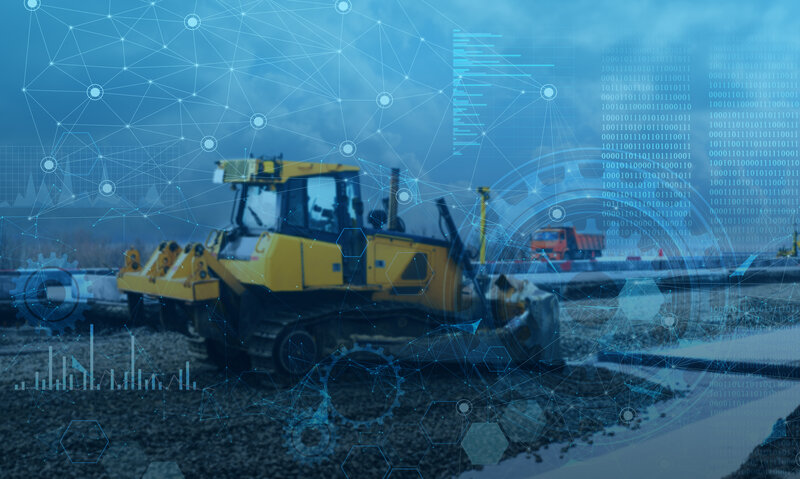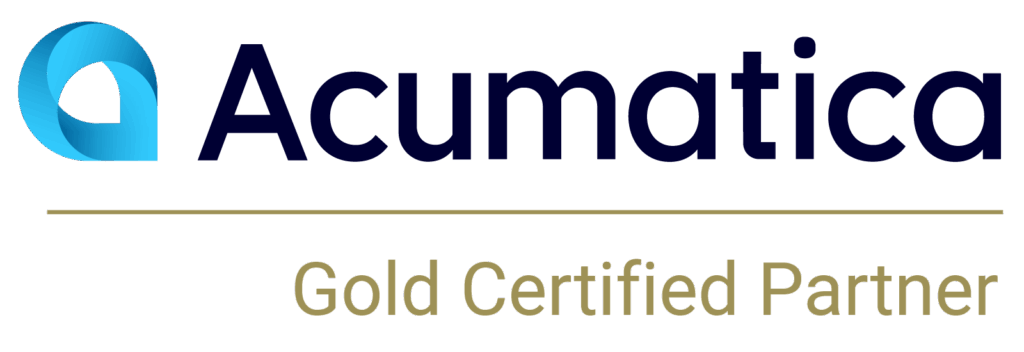The mining industry is having something of a moment — it’s in the news everywhere we look, primarily due to the industry’s importance in the growing renewable sector. Even billionaire mogul Elon Musk weighed in, saying he’s open to buying a mining company. With so much focus on the industry, it’s an excellent time for your mining company to modernize its back-office technology to match the innovations you’re already leveraging in the field — and to integrate the two. Here’s why integration is so important, traditionally so elusive, and why now’s the time to make your change.
Bridging the integration gap
The Internet of Things (IoT) is a transformational technology for mines. Driverless vehicles and autonomous drilling systems can operate safely around the clock. Sensors on equipment can help companies monitor assets’ performance. And sensors within mine shafts can help identify instability or toxicity, improving worker safety.
However, most of these technologies are focused on the actual mining operation, largely ignoring the importance of back-office workflows and how technology can transform this area too. Paul Klein, a consulting partner with Deloitte Australia, noted, “Businesses aren’t expected to be able to realize the full potential of the intelligent mine without modernizing their digital core.”
A modernized digital core is a connected one. Connecting the back office eliminates the inefficiencies, redundancies, and potential errors associated with a siloed system. When data is scattered throughout the organization, it becomes a challenge to draw meaningful information and insight. Called an integration gap, it can contribute to a 10 to 20% productivity loss for companies in the mining sector.
The back office gets no love
The benefits of integration — in any industry — are well known. Sharing information helps reduce misinformation and ensures you can see the big picture of what’s going on in your business. It reduces inefficiencies, increases collaboration, and opens up new opportunities for mining company leaders.
Mining operations (perhaps understandably) tend to focus their technology investments on front-facing field operations and are often less concerned with their financial management platform. Including the back office in integration efforts boosts productivity, lowers costs, and leads to smarter, faster decisions. Only by integrating the two can you leverage the maximum value from your technology investments.
Deloitte recently published an on the topic on integration, Unlocking Value Through Integrated Operations. While it’s got some valuable gems that make it worth reading, it also largely focuses on the field operations side of the mining business. We think unlocking real value comes through integrating operational elements with finance — showing the back office the love it deserves.
Integration is not rocket science
The integration we’re referring to isn’t overly complex. Most modern ERP applications support APIs that facilitate integration with third-party applications.
An ideal example of integrating field and back-office technologies is through the equipment sensors we mention above. When integrated with a back-office mine equipment maintenance solution, mining companies gain the information they need to move from preventative to predictive maintenance, saving money and helping minimize equipment downtime. These same applications can also analyze equipment data and help miners decide about when to repair or replace. Similarly, integrated field and finance data allows miners to easily track key performance indicators (KPIs) surrounding both equipment (e.g., average repair time and time between failures).
Lest you think the integration we’re talking about is one way, consider this example of finance data flowing to the field. Managers on site can use real-time information about their mining teams to make decisions about overtime hours or to locate a technician on staff with expertise in a specific piece of equipment. In addition, those same managers can receive daily project costing updates in easily digestible charts and graphs so they’re always working with current information.
Starting smart facilitates integration
Considering the benefits of integrated operations, why aren’t all mining companies leveraging the back-office technologies that make it possible? In our experience, we see that many start their exploration phase by using an entry-level accounting application like QuickBooks. An entry-level solution can seem like a fine starting point, but as your mining company grows into the next phase, adds a location, or prepares for a merger or acquisition (maybe by Mr. Musk?), it will need more sophisticated business management tools.
We’ve worked with mining companies that had to rely heavily on spreadsheets to achieve necessary financial and operational reporting. Others added disparate, specialized applications like inventory tracking or HRMS to fill in the gaps the entry-level solutions leave. Starting small and tacking on applications as you grow is understandable but is inefficient and stifling. We encourage young mining operations to “start smart” rather than start small, investing early in a technology infrastructure that will scale with you as you grow.
Integration is a powerful business force, capable of unleashing real value for mining companies that embrace it in every aspect of their operation. To learn more about how our accounting and finance solutions for the mining industry can help your organization, contact us at 877-560-5063 or [email protected]



